-
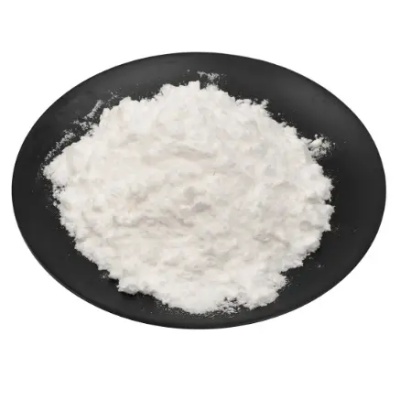
4-Hydroxyphenylaceticacid CAS:156-38-7
4-Hydroxyphenylaceticacid, also known as p-hydroxyphenylacetic acid, is a compound with the chemical formula C8H8O3. It is a white crystalline solid with a slightly sweet odor and is soluble in water and ethanol. This compound is commonly found in various plants and is a precursor to several important biochemical compounds.
-
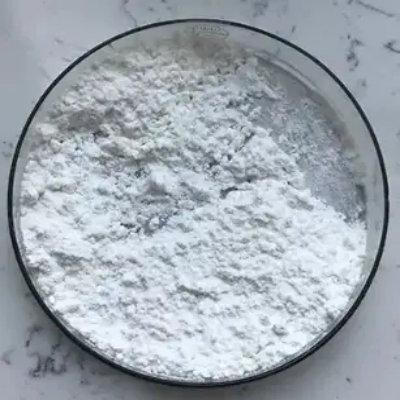
4-Hydroxybenzylcyanide CAS:14191-95-8
4-Hydroxybenzylcyanide, also known as p-hydroxybenzylcyanide, is a chemical compound with the molecular formula C8H7NO. It exists as a colorless to pale yellow liquid and is used in various industrial and scientific applications.
-

potassiummethylmalonate CAS:38330-80-2
Potassium methylmalonate serves as a key building block in organic synthesis, particularly in the production of pharmaceuticals, agrochemicals, and specialty chemicals. Its ability to introduce methylmalonate functionalities into molecular structures makes it valuable for the preparation of diverse compounds with specialized properties.
-

Ethylhydrogenmalonate CAS:1071-46-1
Ethylhydrogenmalonate, or diethyl malonate, is a colorless liquid with a fruity odor and the chemical formula C5H8O4. It is commonly used as a reagent in organic synthesis due to its versatile nature.
-

N-tert-Butoxycarbonylsarcosinemethylester CAS:31954-27-5
N-tert-Butoxycarbonylsarcosinemethylester is a chemical compound used in organic synthesis as a protecting group for amino acids. It is commonly used in peptide synthesis to protect the amine group of amino acids, preventing unwanted reactions during the synthesis process. This compound is also used in the production of pharmaceuticals and other bioactive compounds. Its unique structure and reactivity make it a valuable tool in the field of organic chemistry.
-
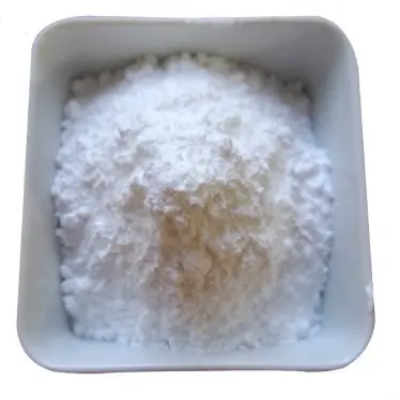
Leafalcohol CAS:928-96-1
Leafalcohol, also known as (Z)-3-Hexen-1-ol, is a natural compound found in green leaves, contributing to the characteristic “green” scent associated with foliage. It is recognized for its fresh, grassy aroma and serves as a key component in the fragrance and flavor industry.
-

Cycloheptanol CAS:502-41-0
Cycloheptanol, a cyclic alcohol with the chemical formula C7H14O, is a colorless liquid with a camphor-like odor. It is commonly used as an intermediate in organic synthesis and exhibits properties suitable for diverse applications in chemical reactions and industrial processes.
-
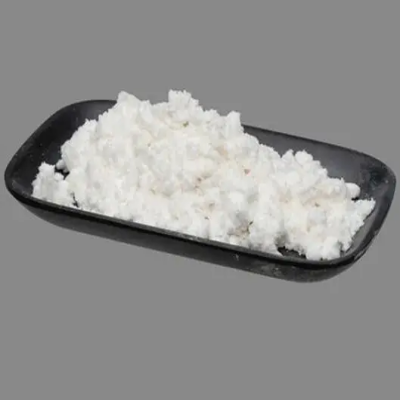
Glycinemethylesterhydrochloride CAS:5680-79-5
Glycinemethylesterhydrochloride is the hydrochloride salt of glycine methyl ester, a chemical compound used in organic synthesis and pharmaceutical research. It is commonly employed as a reagent in the production of various organic molecules, including pharmaceutical intermediates and bioactive compounds. Glycinemethylesterhydrochloride serves as a versatile building block in the synthesis of diverse chemical entities, contributing to the development of new drugs and research compounds. Its reactivity and compatibility with a wide range of chemical reactions make it a valuable tool in the fields of organic chemistry and medicinal chemistry.
-

2,2-Difluoroethanol CAS:359-13-7
2,2-Difluoroethanol, a fluorinated alcohol, is widely used as a solvent and as an intermediate in the synthesis of pharmaceuticals, agrochemicals, and other fine chemicals. Its fluoroalkyl group imparts distinctive characteristics that make it valuable in organic synthesis and material science applications.
-
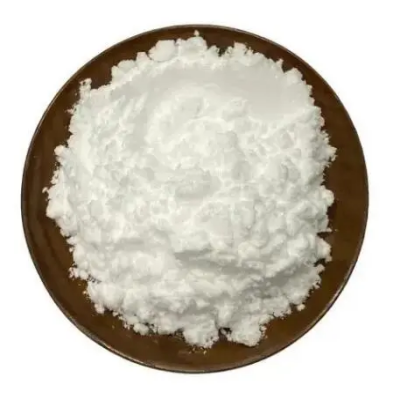
1,2,3.4-tetra-hydroquinoline CAS:635-46-1
1,2,3,4-tetrahydroquinoline, also known as THQ, is a bicyclic organic compound with the chemical formula C9H11N. It is commonly used in organic synthesis and pharmaceutical research due to its versatile reactivity and structural significance. THQ serves as a key building block in the synthesis of various bioactive compounds and heterocyclic derivatives. Its distinct structure and reactivity make it an important intermediate in the preparation of pharmaceuticals, agrochemicals, and functional materials
-
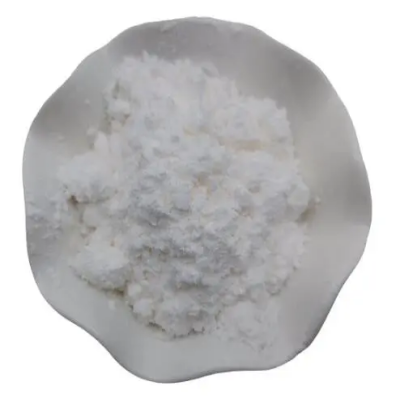
1,2,3,4-Tetrahydroisoquinoline CAS:14446-24-3
1,2,3,4-Tetrahydroisoquinoline, a bicyclic compound, is utilized as a valuable building block in organic synthesis, particularly in the production of pharmaceuticals, agrochemicals, and specialty chemicals due to its distinct structure and reactivity.
-
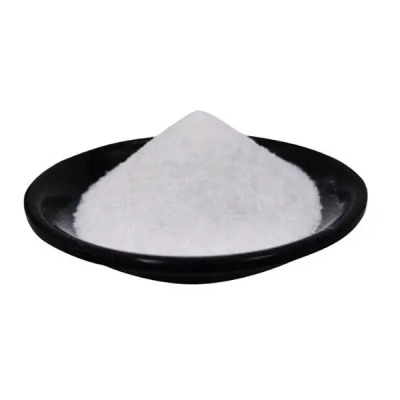
4-Hydroxy-6-(trifluoromethyl)pyrimidine CAS:1546-78-7
4-Hydroxy-6-(trifluoromethyl)pyrimidine, a heterocyclic compound with the chemical formula C5H3F3N2O, is a white crystalline solid. It is known for its unique structure and versatile reactivity, making it valuable in various chemical applications and processes.

